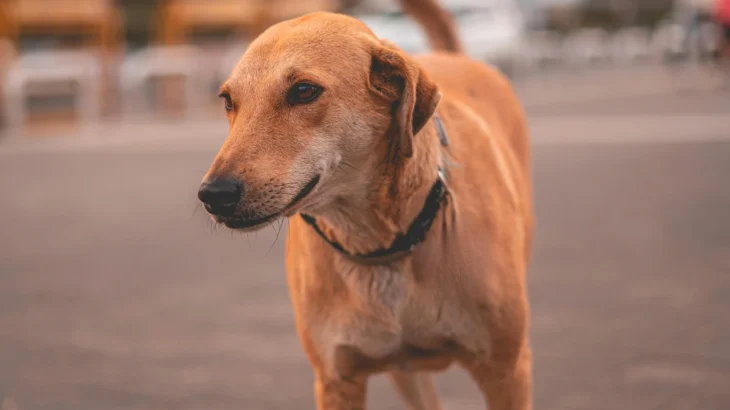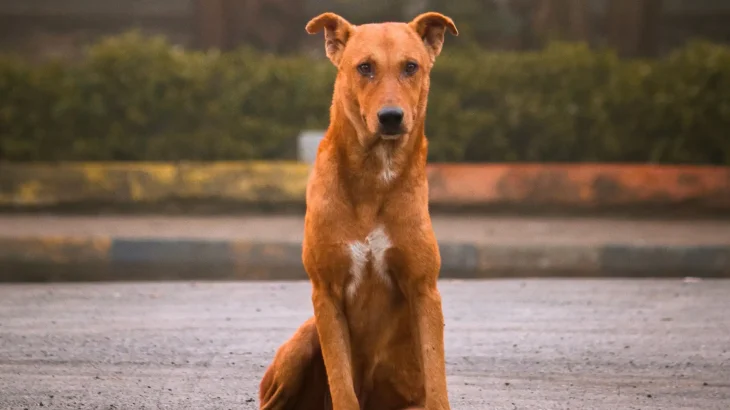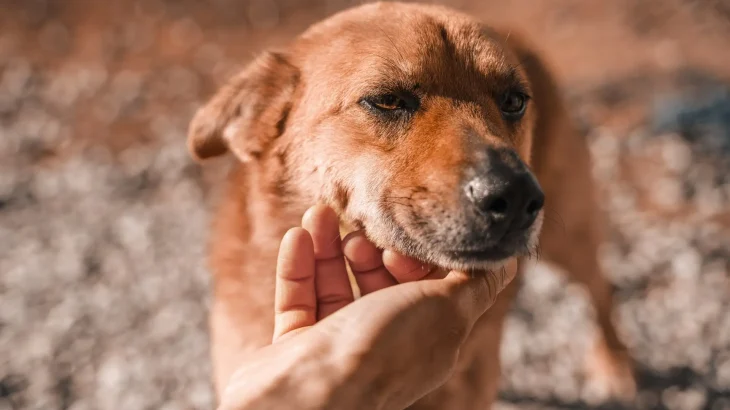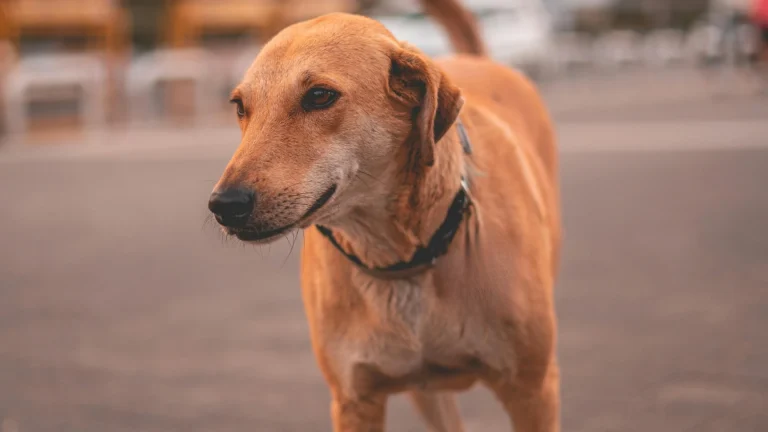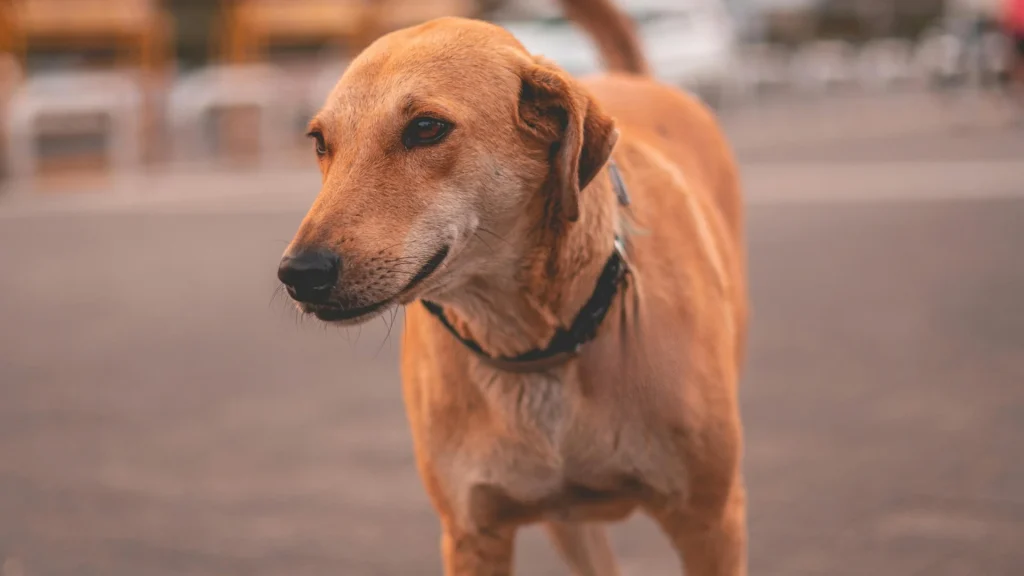When deciding whether to bring a Combai puppy into your home, you face the choice between adoption and purchasing from a breeder. Adoption offers a chance to provide a loving home to a dog in need, often older, while buying from a breeder typically gives access to young puppies with known lineage. Each option has unique benefits that align differently with various priorities and values.
Adoption vs. Breeder: Pros & Cons
| Criteria | Buying from Breeder | Adopting from Shelter/Rescue |
|---|---|---|
| Cost | Generally higher upfront costs due to breeding and pedigree documentation. | Lower adoption fees that often include vaccines and sterilization. |
| Health History | Comprehensive health records and genetic screenings usually provided. | Health history may be limited or unknown; basic health checks are performed. |
| Age Availability | Primarily offers puppies, allowing bonding from an early age. | Varied age range, including adult dogs who may need extra care. |
| Temperament Insight | Breeders can share info on lineage temperament and socialization. | Staff may provide behavioral observations; full history may be uncertain. |
| Supporting Practices | Supports responsible breeding when choosing ethical breeders. | Supports animal welfare by rescuing dogs and reducing shelter populations. |
| Ethical Considerations | Risk of supporting puppy mills if not careful; important to vet breeders thoroughly. | Helps save lives and reduces demand for commercially bred puppies. |

